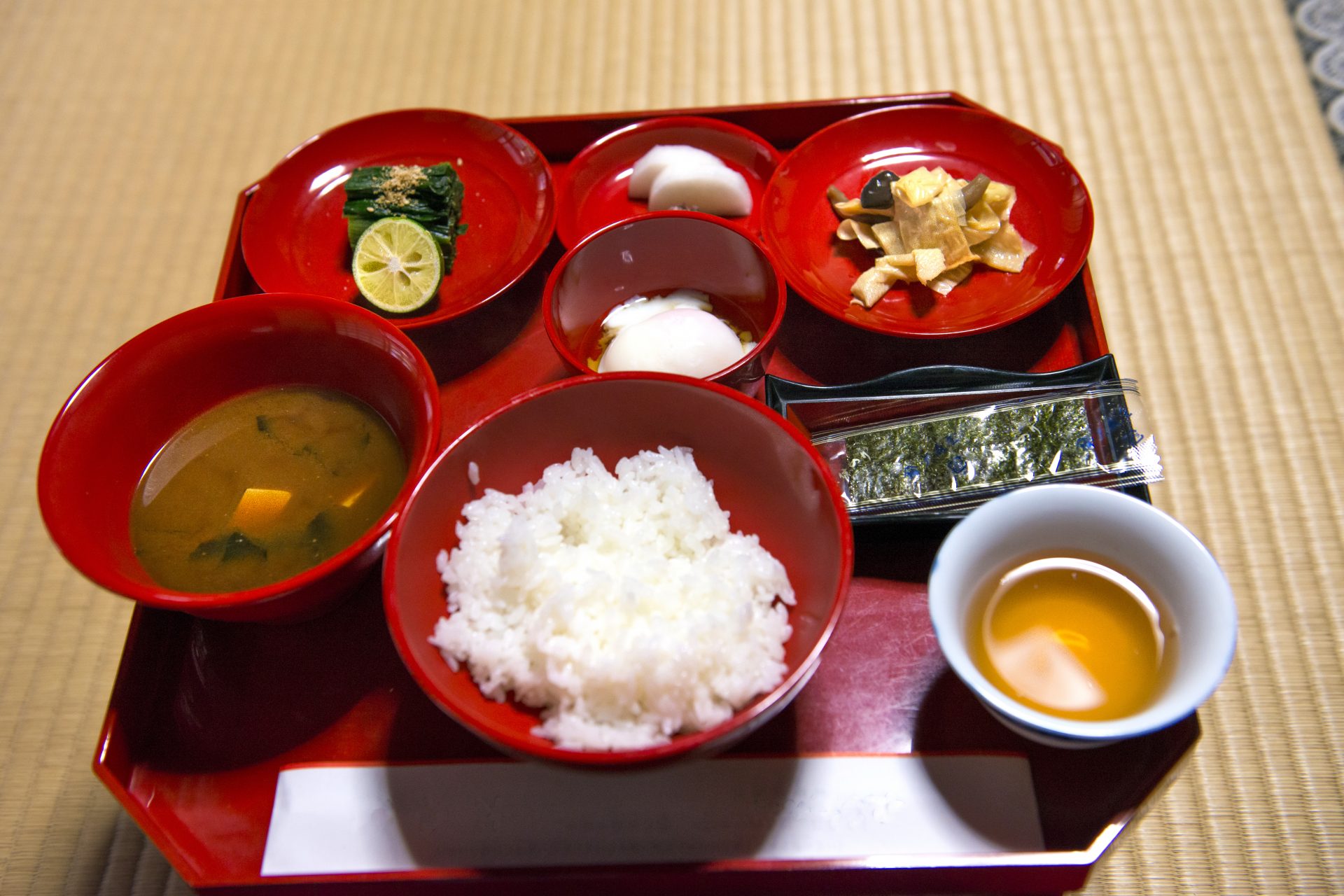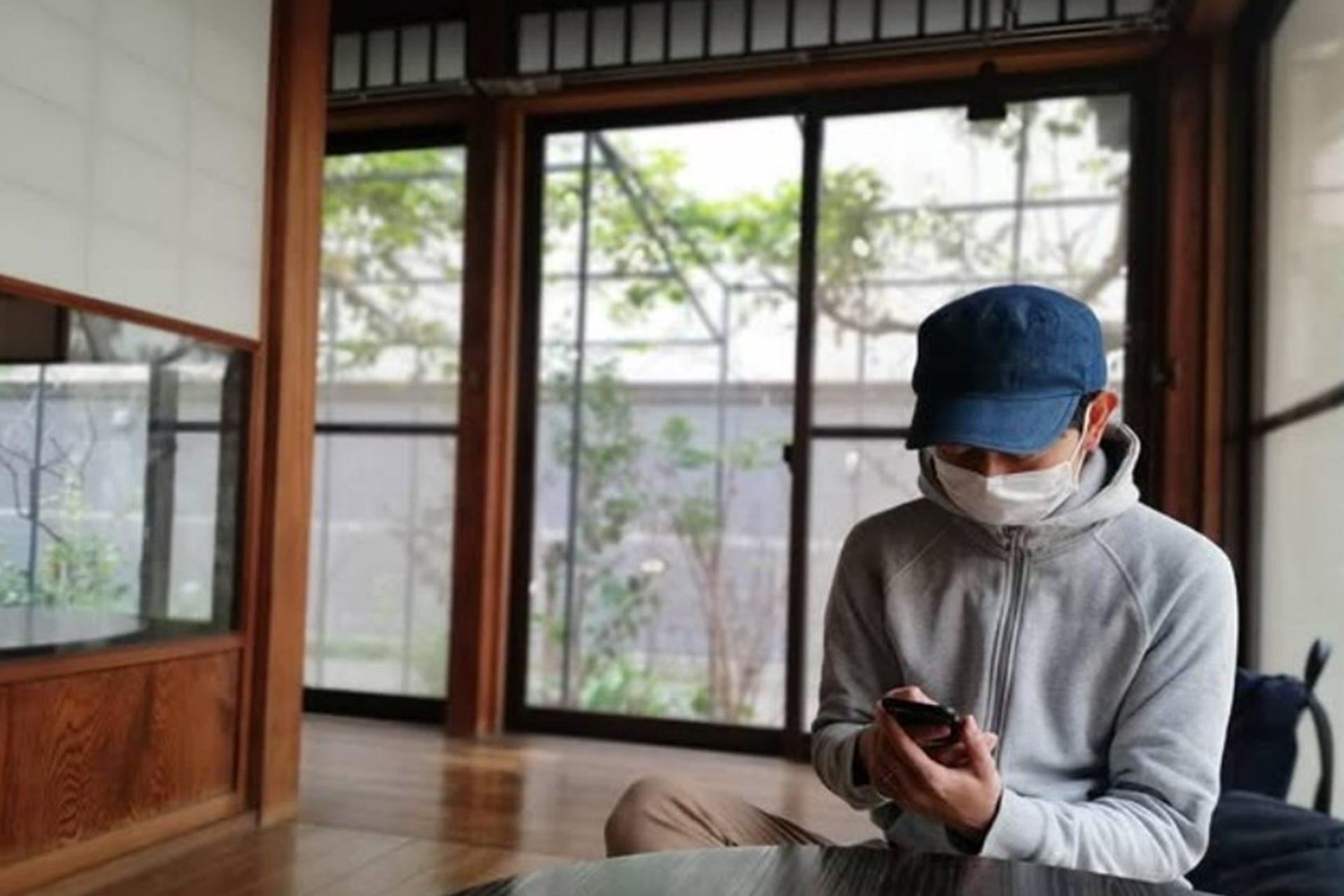Careful with that buffet! Why we always have room for sweets after dinner
After eating a savory meal, many people feel an uncontrollable desire to eat something sweet. We could actually eat an entire dessert even if we've already eaten enough. How is that possible?
A study carried out by Barbara Rolls from Penn State University explains why. Dr. Rolls is a professor of nutritional science and the director of the Laboratory for the Study of Human Ingestive Behavior.
Rolls' work focuses on the relationship between obesity and the influence of food characteristics, such as variety, caloric value, and portion size, throughout life.
So how does she explain our craving for sweets after dinner?
The keyword is diversity. Soon after eating a huge bowl of soup, we lose interest in this type of food. But if, instead of another serving of soup, there is a tasty lemon pie, our appetite is triggered again.
Image: An_Vision / Unsplash
This means we are naturally trained to eat different foods. It's no wonder that our appetite decreases when we always eat the same thing. To satisfy our nutritional needs, we need to vary the type of food we eat.
Follow Showbizz Daily to stay informed and enjoy more content!
In English, 'sensory-specific satiety' is a sensory phenomenon that refers to the decline in pleasure generated by the consumption of a certain type of food, and the consequent renewal of appetite resulting from exposure to a new flavor or food.
Barbara Rolls, who has studied topics related to satiety and food for more than 40 years, told the Daily Mail: "So, while you might lose your appetite for that food, a different food will still be appealing. That's why you always have room for dessert."
Photo: Daria-Yakovleva / Pixabay
The news channel Vox invited six volunteers to carry out an experiment on this phenomenon, based on Rolls' research. The idea was to offer them food and measure their appetite for one or another food, both at the beginning and the end of the meal.
On the first day, the volunteers received a plate of pasta, which they had to eat until they were satisfied. When they finished, they got another small amount of the same food. On average, participants managed to ingest just one spoonful of the second portion.
The next day, they repeated the experiment. But this time, instead of receiving pasta again for the second course, they received a portion of ice cream.
The result confirmed the phenomenon of specific sensory satiety, cited by Barbara Rolls. The volunteers ate three times more ice cream than pasta for dessert, preferring to change flavors rather than repeat the dish.
In addition, the level of interest in pasta was also measured before the first course, on a scale of zero to 10. Participants said they were, on average, 6.2 interested. On the other hand, after finishing the first round, their interest dropped to 1.3 and, after the second course, to 0.2.
Speaking to the Vox channel, Barbara said: "Specific sensory satiety is precisely that: the level of interest in a food while the individual is eating it." Interest in ice cream only decreased after the participants ate it, and not because their bellies were full.
Rolls explained to the Society for the Study of Ingestion Behavior in January 2020 that these are very well-known phenomena and everyone has experienced them at some point.
When we go to a restaurant with an unlimited buffet, for example, we can fill our plate and then repeat. In other words, as long as there are different types of food, our appetite tends to remain high.
An experiment carried out by Rolls showed that when there is a variety of dishes, people eat, on average, 60% more. She warns that the downside is that the availability of a wide variety of high-calorie foods can make it easier to overeat and potentially lead to obesity. So it's always good to use your brain and not just listen to your taste buds!



























